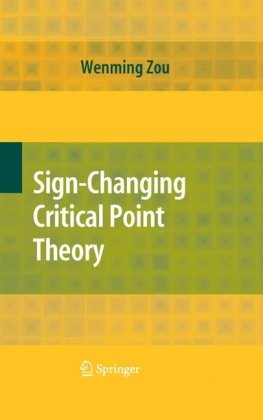

Most ebook files are in PDF format, so you can easily read them using various software such as Foxit Reader or directly on the Google Chrome browser.
Some ebook files are released by publishers in other formats such as .awz, .mobi, .epub, .fb2, etc. You may need to install specific software to read these formats on mobile/PC, such as Calibre.
Please read the tutorial at this link: https://ebookbell.com/faq
We offer FREE conversion to the popular formats you request; however, this may take some time. Therefore, right after payment, please email us, and we will try to provide the service as quickly as possible.
For some exceptional file formats or broken links (if any), please refrain from opening any disputes. Instead, email us first, and we will try to assist within a maximum of 6 hours.
EbookBell Team

4.3
68 reviewsMany nonlinear problems in physics, engineering, biology and social sciences can be reduced to finding critical points of functionals. While minimax and Morse theories provide answers to many situations and problems on the existence of multiple critical points of a functional, they often cannot provide much-needed additional properties of these critical points. Sign-changing critical point theory has emerged as a new area of rich research on critical points of a differentiable functional with important applications to nonlinear elliptic PDEs.
Key features of this book: (1) Self-contained in-depth treatment of sign-changing critical point theory; (2) Further explorations in Minimax and Morse theories; (3) Topics devoted to linking and nodal solutions, the sign-changing saddle point theory, the generalized Brezis–Nirenberg critical point theorem, the parameter dependence of sign-changing critical points; (3) Applications of sign-changing critical point theory studied within the classical symmetric mountain pass theorem; (4)Applies sign-changing concepts to Schrödinger equations and boundary value problems.
This book is intended for advanced graduate students and researchers involved in sign-changing critical point theory, PDEs, global analysis, and nonlinear functional analysis.